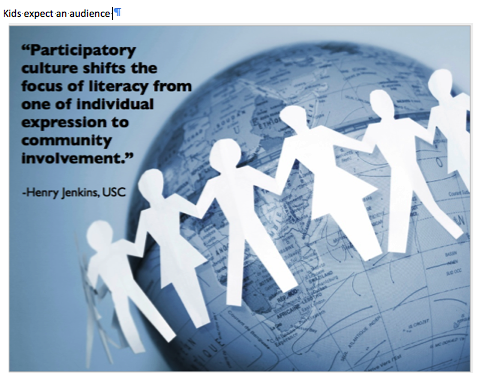R.A.F.T.
What is it?
The RAFT strategy (Santa,1988) employs writing-to-learn activities to enhance understanding of informational text. Instead of writing a traditional essay explaining a concept learner, students demonstrate their understanding in a nontraditional format. This technique encourages creative thinking and motivates students to reflect in unusual ways about concepts they have read. RAFT is an acronym that stands for :
- Role of the writer: What is the writer's role: reporter, observer, eyewitness, object, number,etc.?
- Audience: Who will be reading the writing: the teacher, other students, a parent, editor, people in the community, etc.?
- Format: What is the best way to present this writing: in a letter, an article, a report, a poem, an advertisement, e-mail, etc.?
- Topic: Who or what is the subject of this writing: a famous scientist, a prehistoric cave dweller, a character from literature, a chemical element or physical object, etc.?
The RAFT strategy forces students to process information, rather than merely write out answers to questions. Students are more motivated to undertake the writing assignment because it addresses various learning styles.
How could it be used in instruction?
This writing-to-learn strategy engages students in explaining what they know
about a topic and elaborating on the topic in a fun way.
How to use it:
1. Think about the concepts or process that you want students to learn as
they read a selected passage. Consider how writing in a fun way may enhance
students' understanding of the topic.
2. Brainstorm possible roles students could assume in their writing.
3. Decide who the audience would be as well as the format for writing.
4. After students have finished reading, identify the role, audience, format
and topic (RAFT) for the writing. Assign the same role for all students,
or let them choose from several different roles.
Examples:
Language Arts




